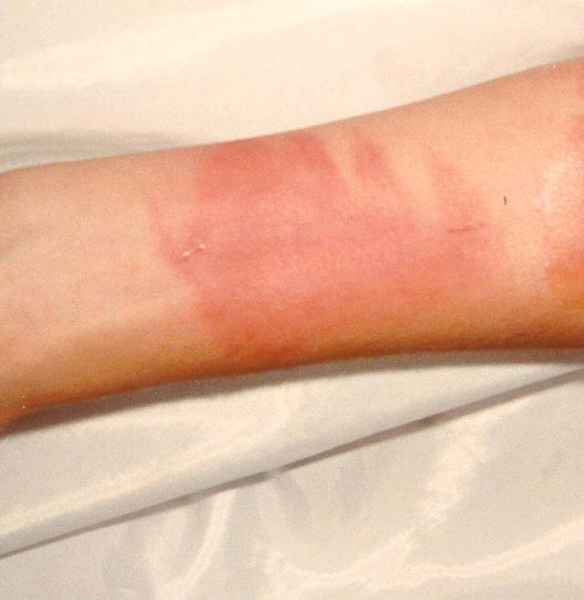
A fourth-degree burn additionally involves injury to deeper tissues, such as muscle, tendons, or bone. Healing typically does not occur on its own. Often there is no pain and the burnt area is stiff. In a full-thickness or third-degree burn, the injury extends to all layers of the skin. Healing can require up to eight weeks and scarring may occur. Blisters are frequently present and they are often very painful.
#Damage associated with a 4th degree burn skin#
When the injury extends into some of the underlying skin layer, it is a partial-thickness or second-degree burn. They appear red without blisters and pain typically lasts around three days. īurns that affect only the superficial skin layers are known as superficial or first-degree burns. Burns can also occur as a result of self-harm or violence between people (assault). Alcoholism and smoking are other risk factors. In the workplace, risks are associated with fire and chemical and electric burns. In the home, risks are associated with domestic kitchens, including stoves, flames, and hot liquids. Burns occur mainly in the home or the workplace. Most burns are due to heat from hot liquids (called scalding), solids, or fire. Pain medication, intravenous fluids, tetanus toxoid Ī burn is an injury to skin, or other tissues, caused by heat, cold, electricity, chemicals, friction, or ultraviolet radiation (like sunburn). Open cooking fires, unsafe cook stoves, smoking, alcoholism, dangerous work environment

Heat, cold, electricity, chemicals, friction, radiation Third degree: Area stiff and not painful įirst degree, Second degree, Third degree, Fourth degree Dermatology Critical care medicine, plastic surgery


 0 kommentar(er)
0 kommentar(er)
